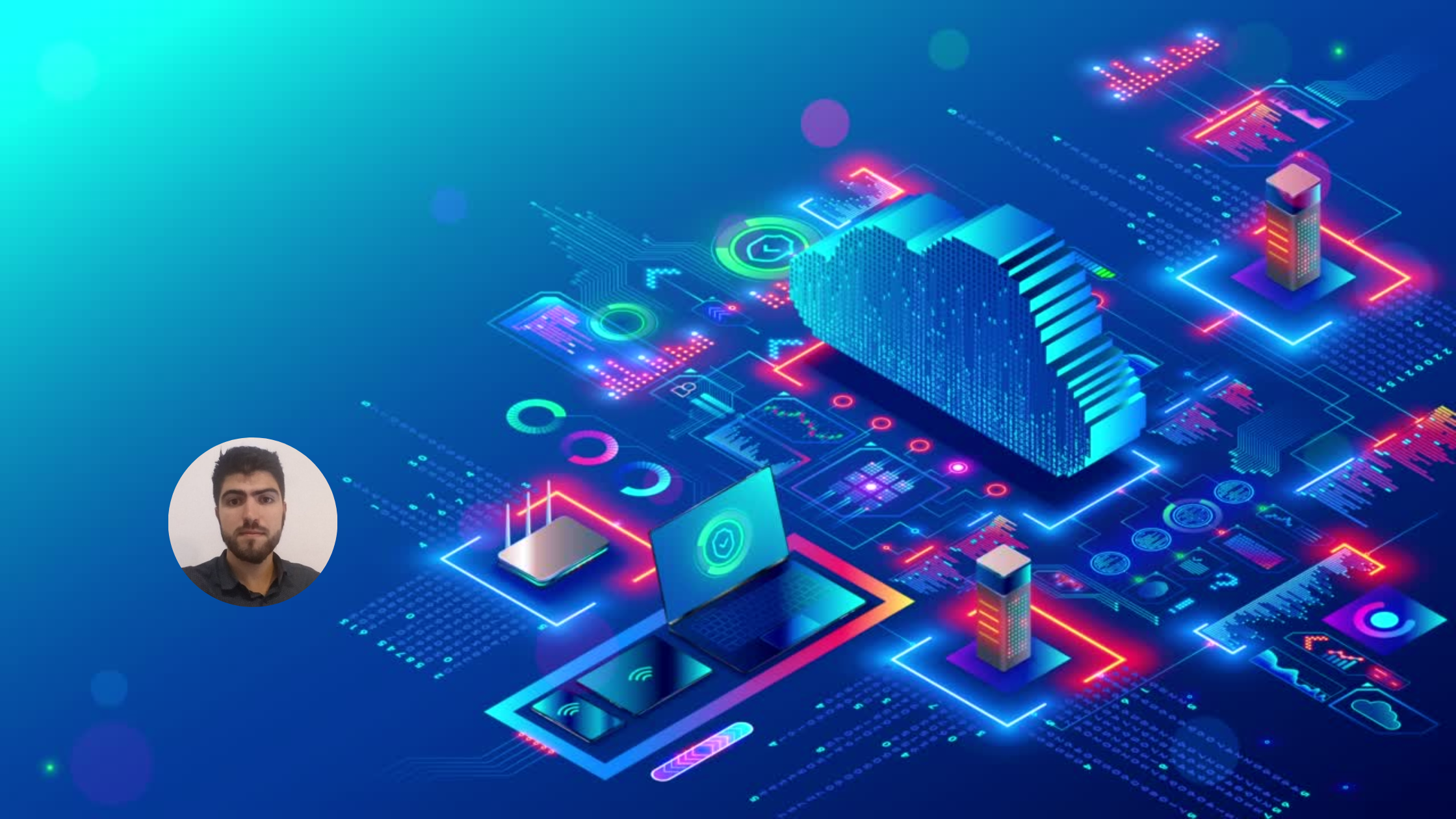5 min read
Masterminding your strategy for ethical AI with a conscience
In an era where AI is reshaping the very fabric of our digital world, as a Digital Leader you’re not only a pioneer of technology advancement but a...
3 min read
Admin Sep 1, 2020 7:07:00 AM

The ambition for government and the wider public sector to become “Digital First” is clear but the journey can be a long and cumbersome one. While creating frontline digital services for citizens is vital, it is equally important that employees have the tools they need to deliver high quality services to the public. A strong employee experience drives a strong citizen experience – an employee who feels empowered will be more engaged, leading to improved productivity and a workforce who will go further for their service users.
To become a Digital First organisation you must, first, be a digital workplace. This is easier said than done, with organisations having to contend with many moving variables such as shifting workplace demographics (and the effect that has on culture and workplace requirements), the impact of COVID and the need for extensive home working. It cannot be denied that the pace of change is accelerating and it is now more important than ever to put digital at the heart of your workplace experience.
Today, most citizens want to interact with public services quickly, personally and intuitively through digital channels. Public sector employees want easy access to all the tools and information they need to get the job done, be less desk-bound and spend more time engaging with citizens and collaborating with other agencies. Seems simple enough? Unfortunately not.
The government workplace environment has traditionally been complicated and often held back by ageing equipment and legacy applications that make it hugely difficult for staff to deliver services in the digital age.
For government to truly embrace a Digital First strategy, it must both transform frontline public services and transform the systems, tools and workplace experience for the workforce to enable and empower them to deliver the best services. A modern digital workplace will improve the overall workplace experience for staff and help attract top talent (in particular younger workers, who may have a stereotypical view of the public sector workplace as a domain of outdated technology, slow processes, and rigid hierarchical structures) to work for your organisation. Creating a digital workplace that engages staff from the outset and empowers them with the tools and flexibility to work anytime, anywhere can help change this perception.
An engaged workforce needs systems and tools that enable them to seamlessly connect, communicate & collaborate with colleagues, customers and citizens, as well as share information, knowledge and experience.
Digital Workplace platforms such as Microsoft 365 and Google’s G-Suite provide easy-to-use tools for messaging, videoconferencing, document sharing and collaboration that help your staff to do their job efficiently and quickly. These platforms offer so much more than the previous generation e-mail and office productivity software, giving employees access to powerful tools that they could have only dreamed about just a few years ago. Microsoft Teams, for example, enables users to create rich collaboration workspaces that go way beyond simple messaging and document management, integrating with other elements of the Office 365 platform or third-party applications and creating powerful environments for project planning & management, marketing campaign management or external stakeholder communication & collaboration.
There is a huge drive for automation as part of the modern digital workplace – the UK Government is driving forward its Digital First agenda to re-invent not only citizen interaction but collaboration between government departments too, investing £billions in the process.
Organisations are utilising new technologies such as Artificial Intelligence, Machine Learning, Chatbots, and Robotic Process Automation to transform existing processes and services, heralding in a new industrial revolution in the way that organisations are run and that services are delivered. We are seeing examples of this across the country, with councils such as Aberdeen City Council using chatbot technology to respond to internal queries from employees and answers questions from citizens, which has helped to cut down on the number of calls coming into Council services.
To achieve their goals for operational efficiency and better citizen and employee experiences, government organisations will need to automate. It has huge potential and could free up as much as a third of an organisation’s workforce in a relatively short period of time, but ambition should be tempered with realism and pragmatism. In our experience, it should be done at a pace that is realistic and achievable with clear objectives, good technology choices, a clear picture of what success looks like, and with an engaged and bought in workforce.
The Digital Workplace is a critical element of digital transformation in government and, if the benefits of employee empowerment and the potential of labour-saving automation are to be realised, its development and evolution should be integral to your overall transformation roadmap. Wherever you are in your digital workplace journey, there are fundamental aspects that you must get right to ensure success:
Achieving the right blend between technology, people, and culture will be essential to ensure you have an engaged workforce that is bought in to the Digital First approach.
Whatever your starting point, our experienced team of consultants and practitioners have helped many public sector organisations to envision, plan and implement effective digital workplace and automation strategies as part of their Digital First approach. If you need to accelerate your plans, please get in touch.
Back to all insights
5 min read
In an era where AI is reshaping the very fabric of our digital world, as a Digital Leader you’re not only a pioneer of technology advancement but a...

4 min read
Generative AI is beyond a fun toy to illuminate your children's bedtime stories (try that if you haven’t!), but now a formidable asset for CIOs to...

4 min read
If ever there was a strong case to accelerate cloud and climate sustainability, look no further than the power of AI. It could offer significant...

By Graham Adamson and Alan Anderson

Service design is now widely applied in the public and private sectors as an approach to support the delivery of innovative products and services....

More than ever before, businesses recognise that digital technology has the power to help them achieve their strategic goals faster. The world has...